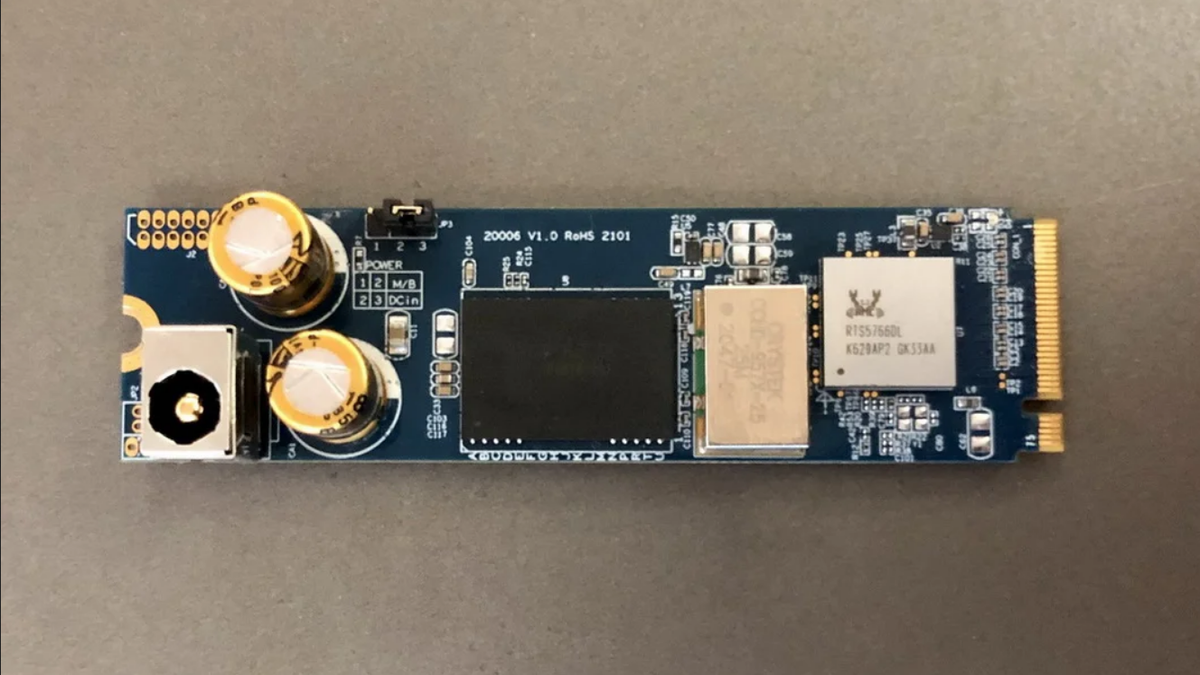Everyone here is right in their own way. SSDs have dc to dc power converters
@OM_2K19 and
@raghupb have explained it.
@buzzaro is also right. This noise shouldn't affect because most audio equipments are designed to shield noise and snake oil industry has the habit of over exagerriating the noise problem. Some chips run on 5v some on 3.3v. Integrated circuits seem to have standard voltages of 5 V, 3.3 V, 2.5 V, 1.8 V, etc. These dc to dc power converters have oscillator to convert DC to ac. AC can be easily converted from one voltage to another. You also have charge pumps, voltage multiplier circuits, etc. All of these will introduce noise typically above the audio band. In effect they will be like the noisy SMPS that computers have. It is because of this noise, high-end audio devices use linear power supplies. Even lithium battery are noisy because they use a dc to dc converter to provide a stable 5v DC.
Audiophiles should never use a hard disk directly on the device which produces the audio anyway. The standard way to do this is have a computer on a very stable power supply. This computer should have the DAC. Let us call this computer 1. The hard disk should be on a totally different computer. Let us call this computer 2.
Now let us have computer 1 and computer 2 on the same network. Now to have the best result, computer 2 should be configured with NFS or Samba. This will allow computer 1 to mount the hard disk of computer 2 and access all the files without connecting the hard disk to computer 1. So if you follow this simple scheme, the noise generating capacity of the hard disk on computer 2 doesn't matter.
Even the traditional hard disks have dc to dc convertors. So by creating an SSD with low noise power supply just to create something that can be sold exhorbitantly is 'real snake oil'. No different than power cords (which you can create yourself by using shielded cable) and audio cables which you yourself can create at home using cables with very good dielectric that gives you the least capacitance per meter.
Noise does introduce jitter which affects sound quality. Jitter is
the variation in a signal's timing from its nominal value. Jitter will manifest itself as variations in phase, period, width, or duty cycle. Noise is the variation of a signal's amplitude from nominal. Both noise and jitter can cause transmission errors and increase the bit error rate. It is not just 0s and 1s. It is also about 0s and 1s arriving at the correct time.
But there are ways you can avoid it rather than over engineering a solution to target gullibles with wads of money in their pockets.

 www.tomshardware.com
www.tomshardware.com


